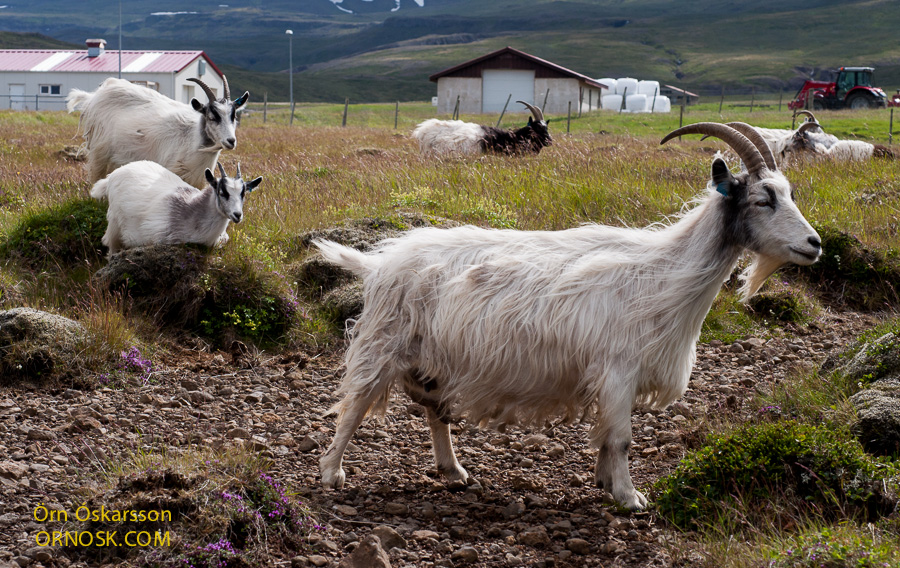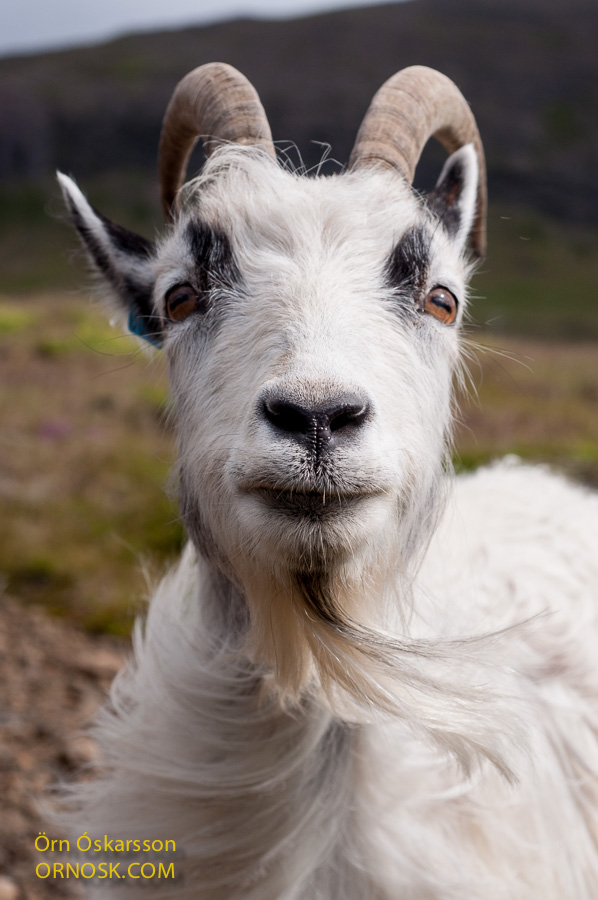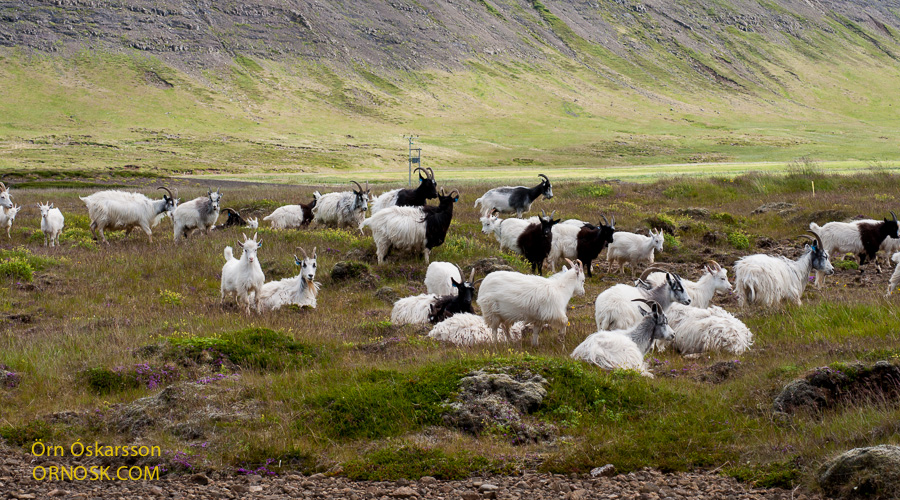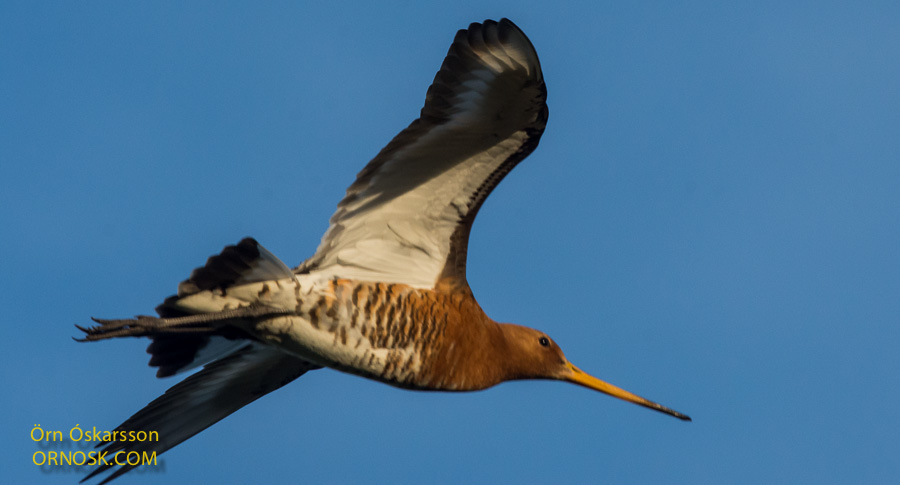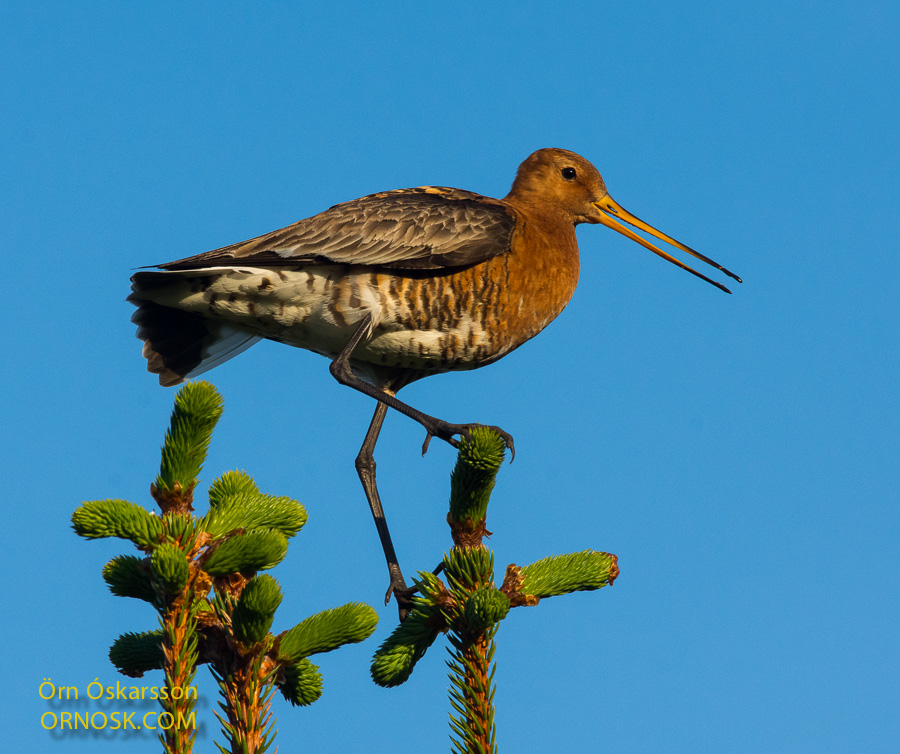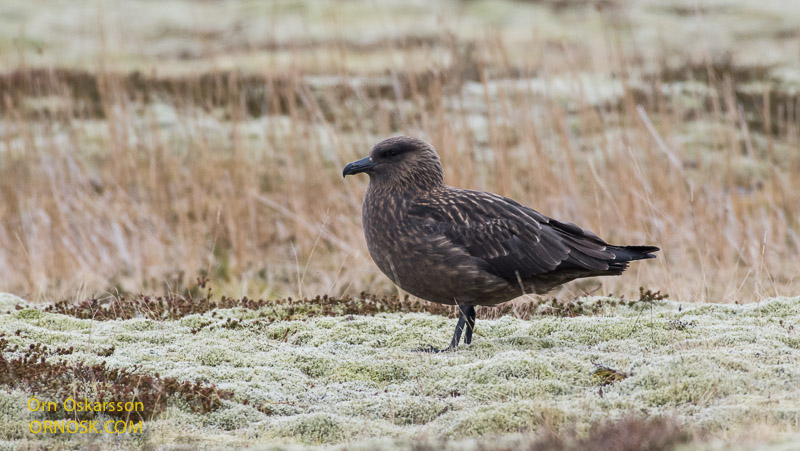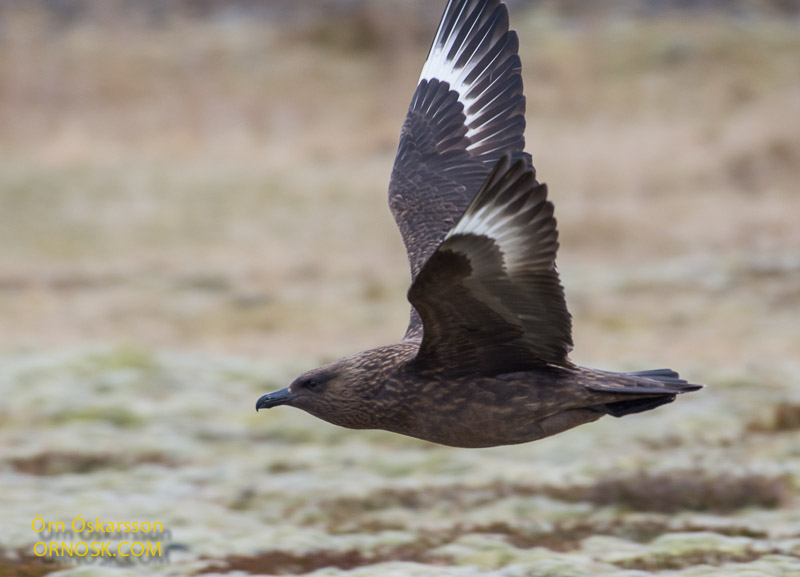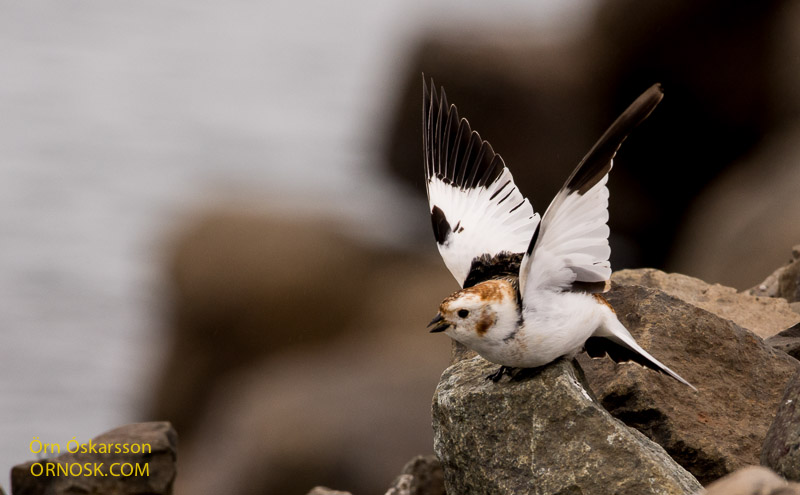
The Snow Bunting is a high Arctic bird that breeds as far as the Northernmost regions of Greenland and Canada. It is common in Iceland where it lives the whole year round although in many countries it is a passerine. It used to be a very common breeding bird in the highlands but with rising temperatures the Icelandic stock has decreased. This summer has been fairly cold and seems to have been a good breeding year for Snow Buntings in Iceland.
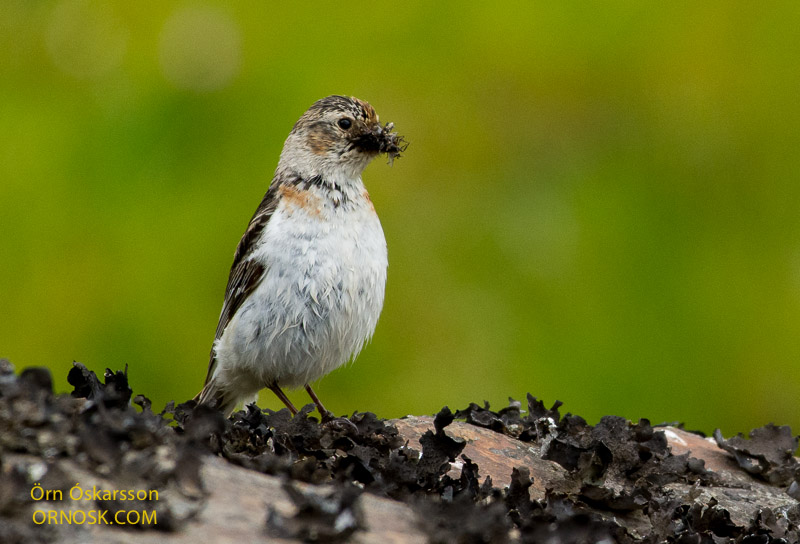
The Snow Bunting builds its nest deep in cracks in rocks. The nest is lined with feathers and fur, made with care to keep the eggs and chicks warm in the cold rock.
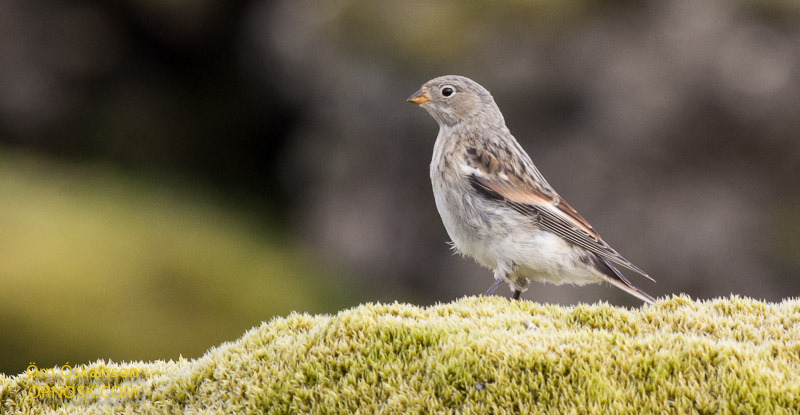
In wintertime it goes round in huge flocks and comes into towns in search of food but putting out feed especially for Snow Buntings has been something of a tradition in Iceland. In the summer time the Snow Bunting goes under the name “Sólskríkja” which translates as sun screecher.

